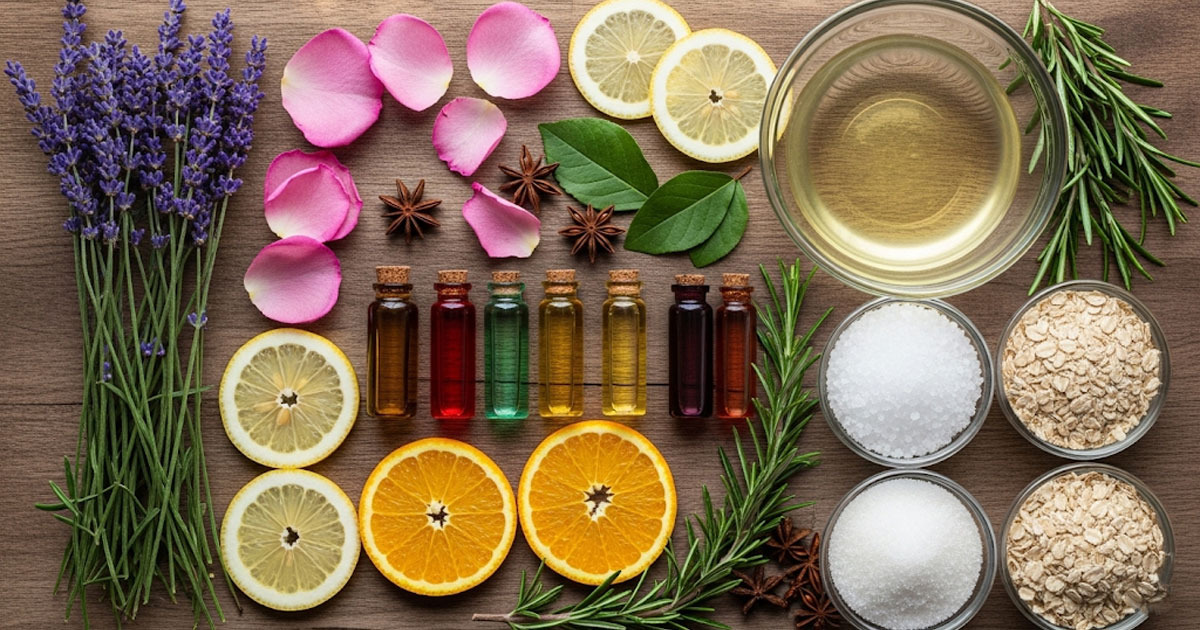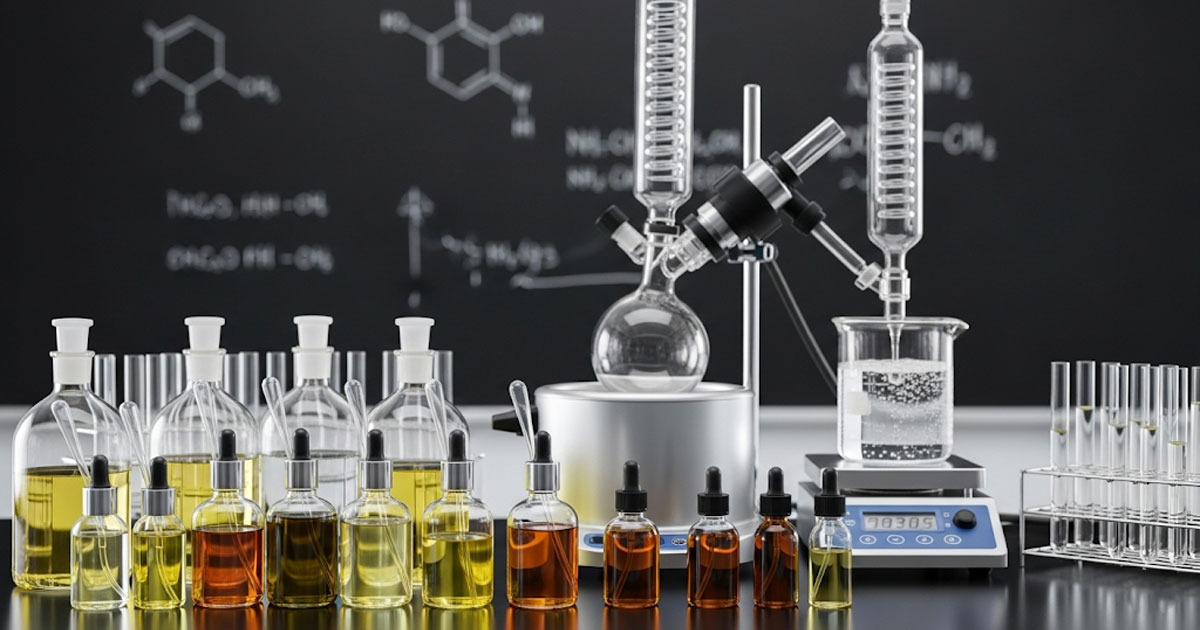Floral Fragrance Market Sees Global Uplift
In recent years, the global fragrance industry has witnessed a remarkable surge in demand for floral perfume ingredients. This trend is driven not only by evolving consumer preferences but also by a collective movement toward natural, sustainable, and emotionally resonant fragrances.
Companies across the value chain from raw material suppliers to luxury perfume houses are adapting their sourcing strategies to meet the growing appetite for floral notes such as jasmine, rose, and tuberose.
One key factor is the cultural significance of floral scents, which often symbolize elegance, romance, and timeless beauty. These associations make them a safe yet emotionally impactful choice for perfumers.
Brands are increasingly prioritizing florals due to their broad appeal across gender, age, and regional markets. From Europe to Asia, floral compositions dominate new product launches, signaling a shared global preference for nature-inspired olfactory profiles.
In the wake of post-pandemic consumer shifts, personal care products with botanical authenticity have gained favor. Floral perfumes especially Eau de Parfum formulations offer both emotional comfort and a sense of luxury. This has spurred perfume brands to deepen their investment in high-grade, ethically sourced floral ingredients, aligning with conscious consumer values.
Rising Complexity in Ingredient Sourcing
Navigating Botanical Supply Chains
The surging demand for floral perfume ingredients is exerting pressure on global supply chains. Jasmine sambac from India, Bulgarian rose, and Egyptian geranium have become high-demand commodities, making sourcing increasingly competitive.
In particular, the labor-intensive nature of cultivating and extracting floral oils limits scalability and causes seasonal price volatility. To counter these challenges, fragrance manufacturers are forging closer partnerships with growers and cooperatives.
By supporting regenerative agriculture and providing fair-trade premiums, companies are ensuring long-term access to essential ingredients while enhancing transparency. Traceability has become a core requirement, especially for premium perfume lines that promote clean labeling and ethical sourcing narratives.
Innovations in biotechnology are also emerging as a solution to limited floral harvests. Through fermentation and cell culture techniques, labs can replicate the aromatic molecules found in natural florals. These biotech-based alternatives provide olfactive consistency and reduce dependency on seasonal yields, while also appealing to eco-conscious consumers wary of overharvesting.
Sustainability and the Future of Floral Ingredients
From Field to Fragrance
Sustainability is no longer an option but a prerequisite for modern perfumery, especially when it comes to floral ingredients. Water usage, soil regeneration, biodiversity, and carbon footprint all influence procurement decisions. Major fragrance houses are now publishing environmental scorecards for their raw materials, allowing B2B buyers to evaluate floral ingredients through a multi-dimensional lens.
The spotlight is on low-impact farming methods and zero-waste extraction technologies. For example, some suppliers use supercritical CO₂ extraction to obtain floral essences without the use of solvents or heat, preserving purity and reducing emissions. Others have invested in solar-powered distilleries and closed-loop systems to reclaim water during the extraction process.
Beyond environmental impact, social sustainability plays a vital role. The cultivation of flowers like rose centifolia and orange blossom often occurs in regions with limited economic opportunity. Supporting these communities through training, fair pay, and infrastructure development has become a key component of CSR programs in the fragrance sector.
Strategic Implications
Aligning With Consumer and Regulatory Trends
The commercial implications of this floral resurgence are profound. EU and North American markets, for instance, are tightening restrictions on synthetic additives, prompting manufacturers to shift toward compliant, plant-based alternatives.
Brand differentiation is increasingly tied to ingredient transparency. Buyers must demand detailed documentation from allergen profiles to carbon impact for every floral component. This level of scrutiny empowers marketing teams to confidently communicate product integrity to end-users, thus enhancing brand trust.
Ultimately, those who invest in traceable, sustainable, and innovative floral ingredients will be better positioned to capture the next generation of fragrance consumers. As floral perfume ingredients transition from a commodity to a strategic asset, long-term supplier relationships and diversified sourcing will be critical to maintaining competitive edge.




